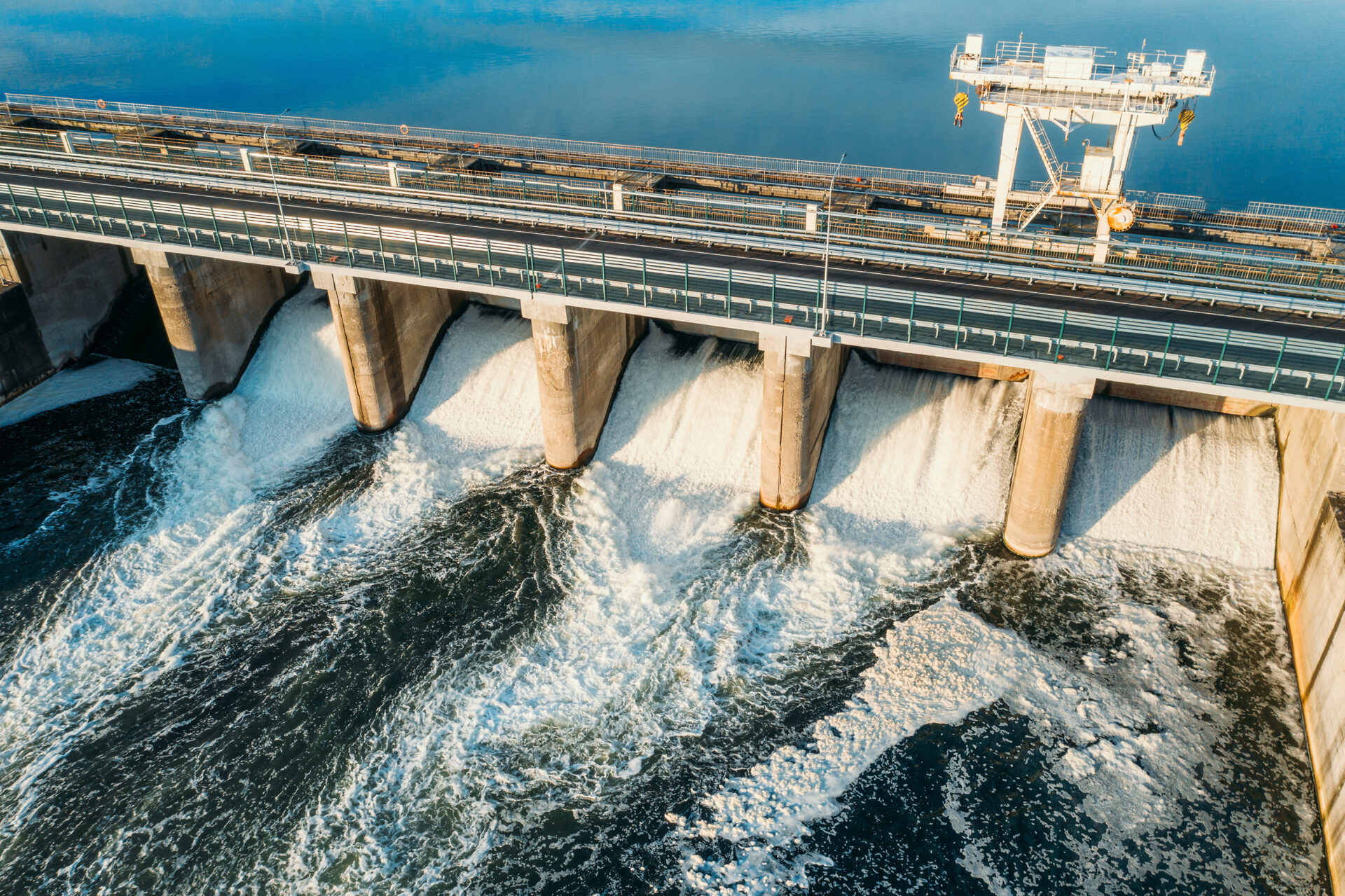The search for sustainable energy sources has taken centre stage as the world grapples with the urgent need to address climate change.Hydropower stands out as a proven and reliable solution among the myriad of renewable energy options available.
Hydropower is often called a ‘workhorse’ of renewable energy, and for good reason.
It provides a consistent, low-carbon energy source that can operate for decades with minimal environmental impact.
As the UK, and indeed, the world at large, faces the challenge of decarbonising its grid, hydropower offers a solution that can generate electricity even when the sun isn’t shining or the wind isn’t blowing.
The Power of Hydroelectricity
Hydropower harnesses the force of moving water to generate electricity, making it one of the oldest and most established forms of renewable energy.
Many countries have a long history of utilising hydropower, with numerous hydroelectric power stations in their territories.
These power stations convert the kinetic energy of falling water into electrical energy, providing a clean and sustainable power source.
Benefits of Hydropower
Reservoir hydro, in particular, offers huge advantages for the country’s energy system.
It provides dispatchable, low-carbon generation with approximately 900 GWh of storage capacity across multiple schemes, according to British Hydro.
One of hydropower’s primary advantages is its minimal environmental impact. Unlike fossil fuels, hydropower does not emit greenhouse gases or contribute to air pollution.
This makes it an ideal alternative for reducing our carbon footprint and combating climate change.
Furthermore, hydropower is a reliable and predictable energy source, as water flow can be regulated and controlled to ensure a consistent electricity supply.
Hydropower also has a relatively low operational cost compared to other energy sources.
Once the initial infrastructure is in place, the fuel (water) is free and renewable, making hydropower an economically viable option for long-term energy generation.
Dual Purpose of Hydropower Projects
In addition to generating electricity, hydropower projects often serve a dual purpose by acting as a means of water management and flood control.
Hydroelectric dams can regulate water flow, store water in reservoirs, and help mitigate flooding and drought risks.
This dual functionality, characteristic of hydropower, benefits communities downstream, ensuring a more stable and resilient water supply.
Tidal Energy’s Untapped Potential
While hydroelectricity is well-established in many regions, tidal energy represents an exciting frontier in renewable energy.
Countries with extensive coastlines and strong tidal currents are ideal locations for harnessing the power of the tides – which the UK suits perfectly with its immensely extensive coastlines.
Summary
Hydropower and tidal energy are essential components of a sustainable future.
By harnessing the power of moving water, we can generate clean, reliable electricity while minimising our environmental impact.
If you want to explore how these solutions can benefit domestic construction projects, Clegg Associates is here to help.
As a leading sustainability solutions provider with structural engineering experience, Clegg has the expertise and experience to integrate hydroelectricity and tidal energy into your building or infrastructure project.
Visit us at Clegg Associates to learn more about their services and how they can support your sustainability goals.
